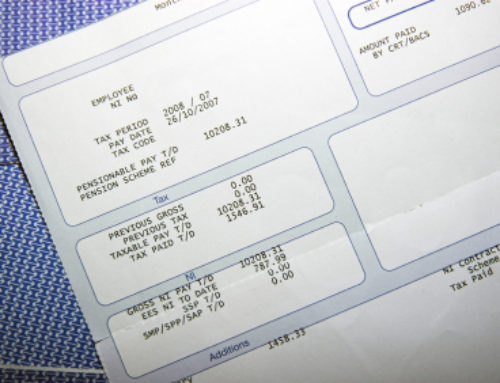 Ah, the mission statement. So easy to talk about — and so difficult to write.
Ah, the mission statement. So easy to talk about — and so difficult to write.
At their best, mission statements explain the purposes that guide organizations and their employees. They tell the world what our organizations do and why it’s important. They inspire us and give meaning to our work.
At their worst, mission statements are, well… gibberish. If we bother to read them at all, we may shrug in confusion — or even question the value of the organization’s work.
Most mission statements fall somewhere between these two extremes. Consider the following text, actually in use by a century-old, billion-dollar company:
We are strongly committed to our customers. Our ambition is to provide meaningful benefits to all our customers. We listen closely and align our activities to their needs. Our goal is the improvement of their overall quality of life, and being a trustworthy and reliable partner in their well-being.
Readers, let’s see a show of hands: Do you understand what this company does? Can you tell whether it is a service provider or product manufacturer? Does it grow food? Manufacture bowling balls? Offer retirement planning services? Who are its customers? Why does it exist?
Anyone would be baffled by the well-meaning but largely meaningless collection of sentences. Here’s one possible remedy:
Ease the suffering of the sick and injured by developing powerful, safe, pain-relieving drugs.
There, now — don’t you feel better already?
Why do so many organizations avoid using simple, specific language to explain what they do? Why do they  ignore or obscure their what or their why with vague “happy talk”? The organization in the example above has been doing wonderful things for humanity for more than 100 years. Why not tell the world with easily understandable language?
ignore or obscure their what or their why with vague “happy talk”? The organization in the example above has been doing wonderful things for humanity for more than 100 years. Why not tell the world with easily understandable language?
You may not be in a position to rewrite your organization’s mission statement (though that’s a terrific exercise to try). But you’re probably in a position to restate the purpose of a smaller workgroup to which you belong. And you’re certainly capable of articulating your personal mission statement as a professional. If you’d like to try creating a group or personal mission statement, start by following these four simple principles:
1. Keep it Short and Memorable
The original mission statement in the example above is 49 words long and entirely unmemorable. The revised version is 15 words long and easy to recall. A mission statement is meaningful only if people remember it.
2. Communicate the What and Why
The original communicates nothing about what the company does — or why. The revised version communicates precisely what the company does, and this makes the why obvious.
3. Articulate the Higher Purpose
The original lacks a purpose beyond “committed to customers.” In contrast, the revised version leads with the higher purpose of “ease suffering.” In business modeling language, “higher purpose” is equivalent to “value proposition.” Define your value proposition clearly before writing a mission statement.
4. Write in Third Person
The original is written in first person: Every sentence starts with either “we” or “our.” But for most readers, a mission statement is not about your organization — it’s about what your organization does for its customers. Write it in the third person.
 To sum up: Meaningful mission statements avoid jargon and ambiguous language. They specifically and concisely tell the world what an organization does and why it’s important. They articulate a higher purpose and are other-serving rather than self-serving.
To sum up: Meaningful mission statements avoid jargon and ambiguous language. They specifically and concisely tell the world what an organization does and why it’s important. They articulate a higher purpose and are other-serving rather than self-serving.
So the next time the conversation turns to mission statements, skip the happy talk. Use plain language and the preceding four principles to rise above the gibberish and clearly state your purpose.



